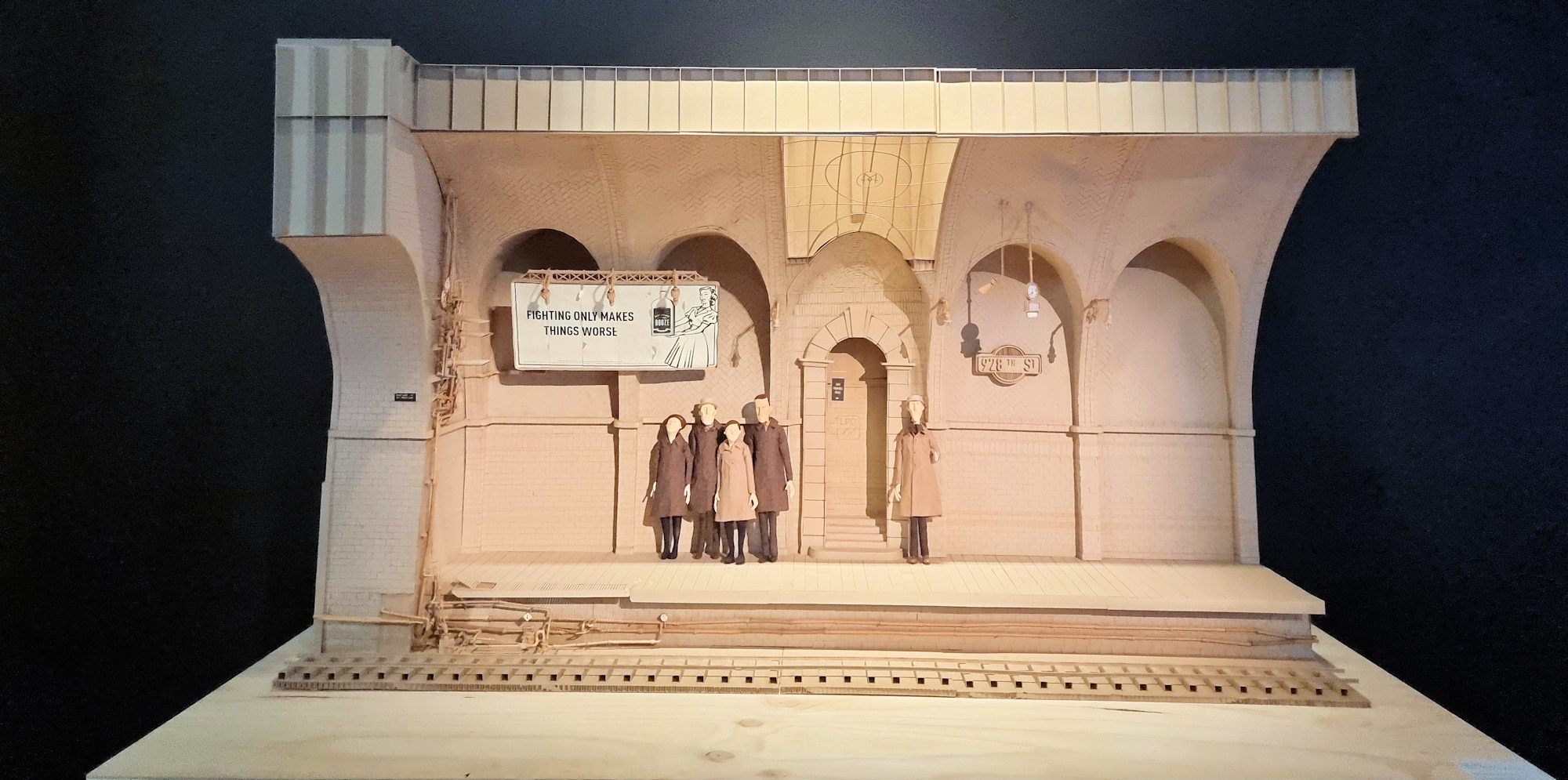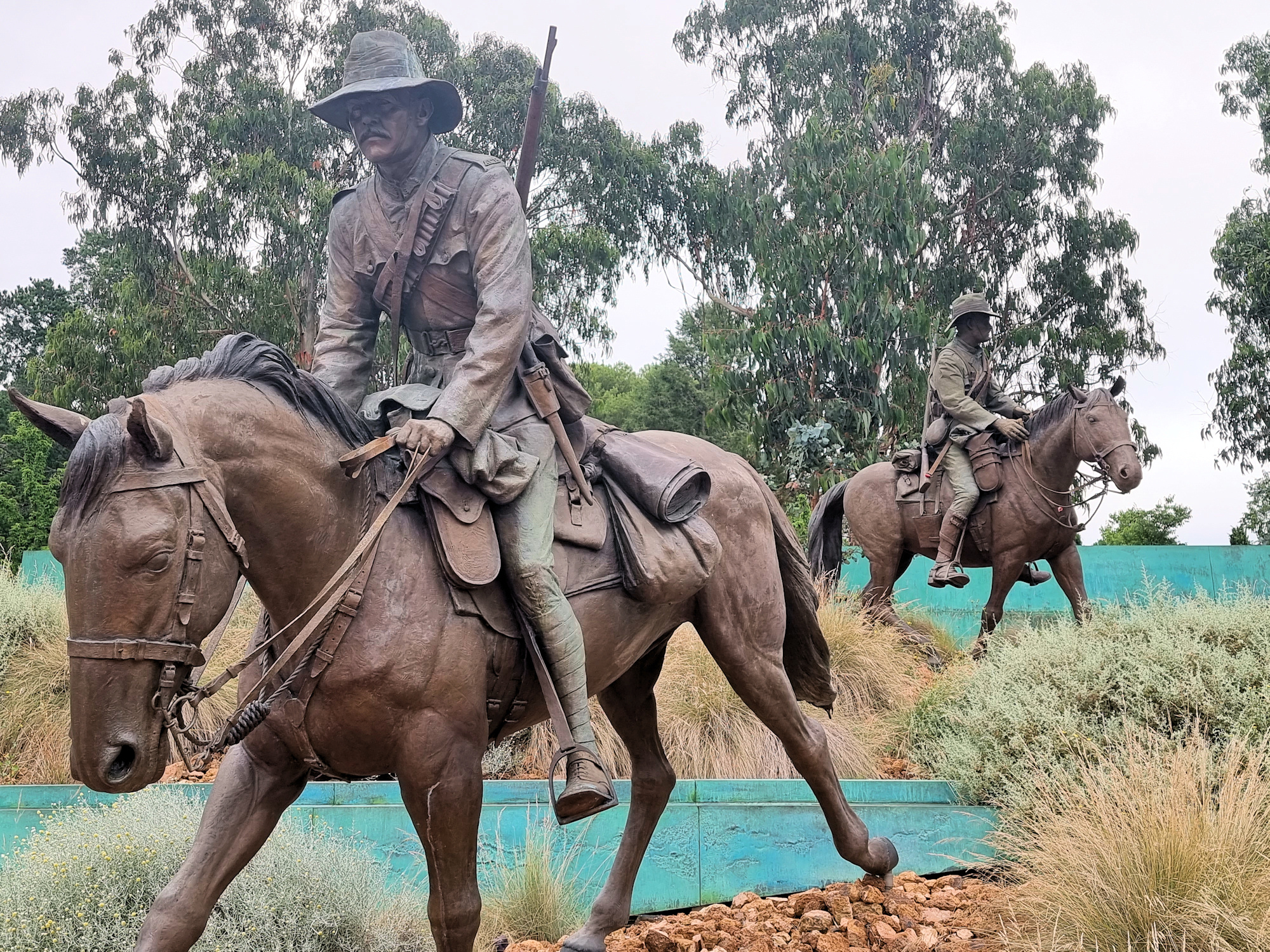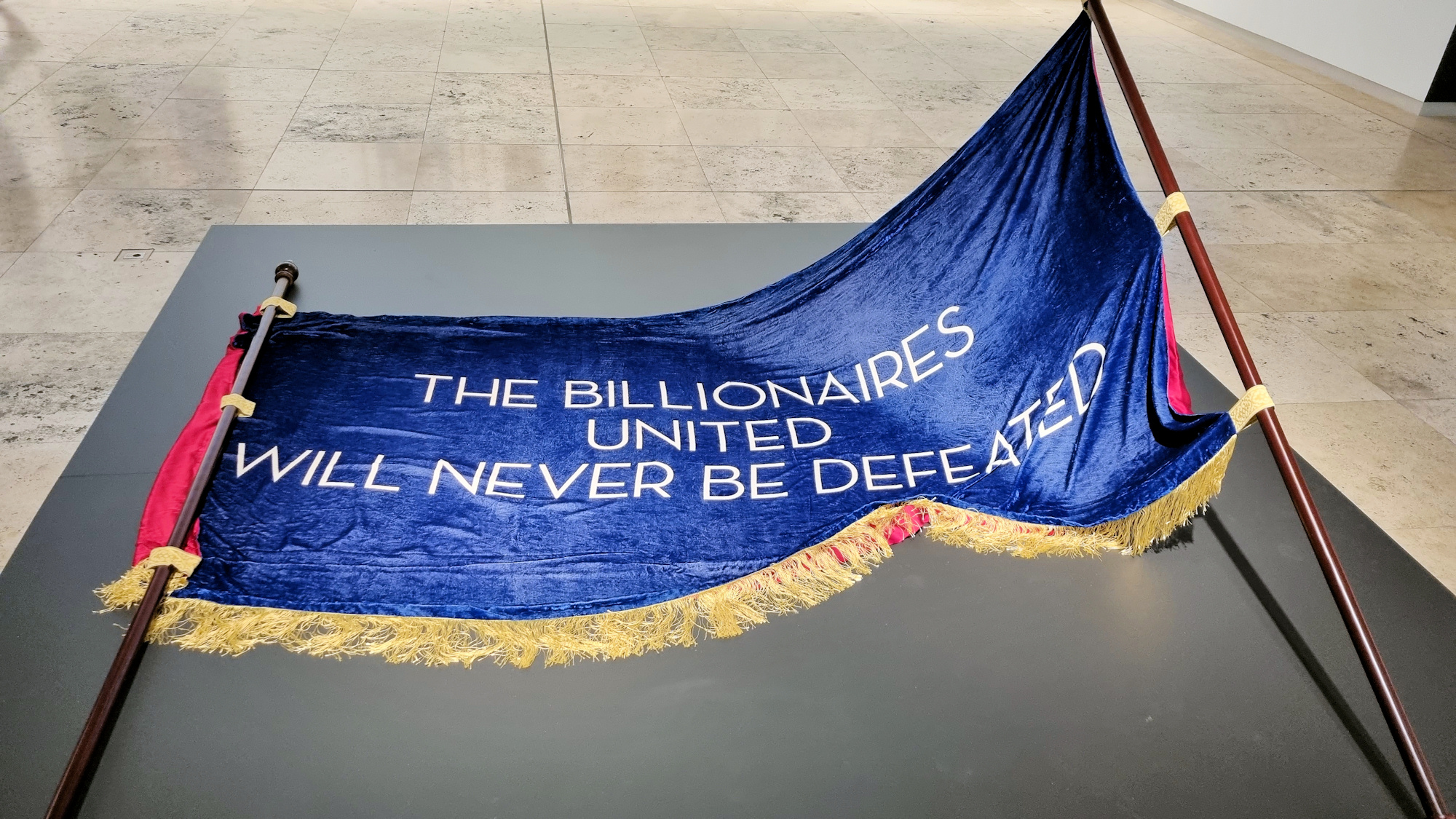Category: Art
-
Maitland Regional Art Gallery 2022

Maitland Regional Art Gallery January 2022 Our visit to the Maitland Regional Art Gallery in January 2022 was a chance to see the galleries’ latest exhibitions. Three of the four will stay until February, but one is due to be replaced by the Archibald Prize paintings. An unusual display was the models used for a… Read more
-
ANZAC Parade Memorials Canberra

ANZAC Parade Memorials Canberra Leading up to the Australian War Memorial, ANZAC Parade in Canberra contains memorials honouring those who served in Australia’s armed services. The best way to see all of the monuments is to walk the length of the Parade. We parked in the Constitution Avenue car park, so that we could walk… Read more
-
Newcastle Art Gallery December 2021

Newcastle Art Gallery With 3 exhibitions at the Newcastle Art Gallery in December 2021 it’s a great place to visit The three exhibits fill the galleries walls until January 30, 2022. About Being Here The first exhibit consists of ceramic art work by Angela Valamaneh of the Jam Factory. Titles “About Being Here” displays works… Read more